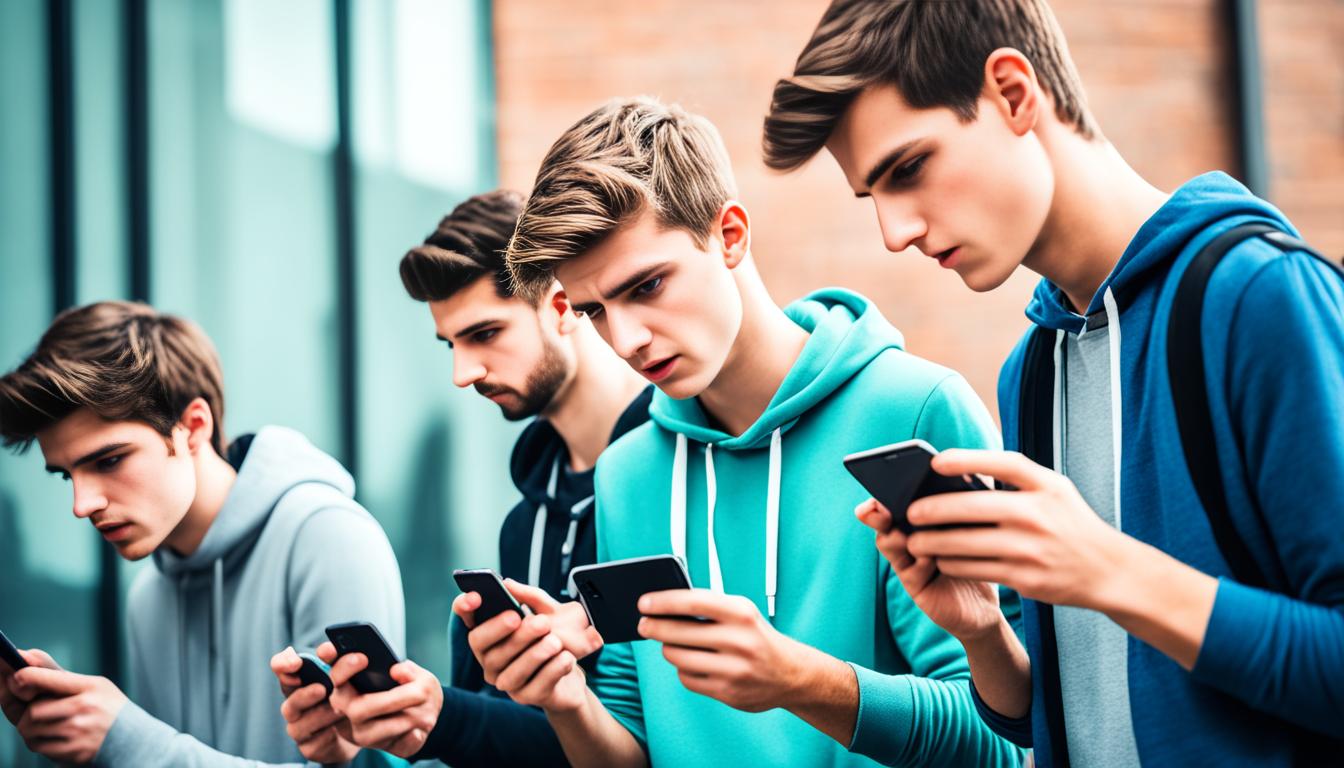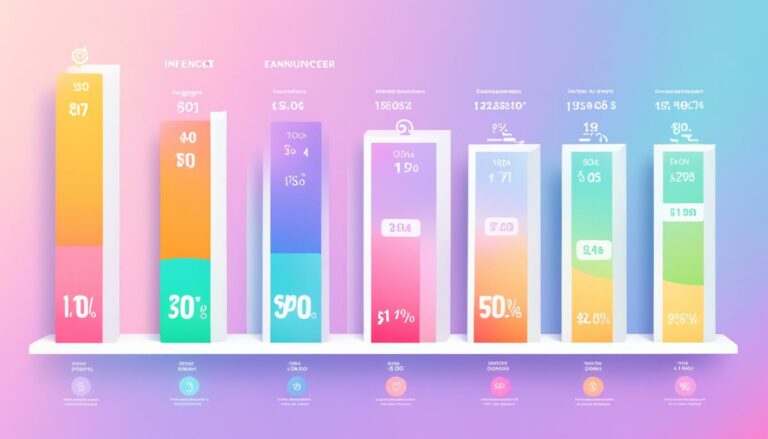Why Teens Hate Android Phones: The Real Reasons
According to a Wall Street Journal article, many teenagers in America have a strong aversion to Android phones. But what are the reasons behind this teenage disapproval? Let’s delve into the real reasons why teens tend to dislike Android phones and lean towards other smartphone options.
The dislike for Android phones among teenagers can be attributed to several factors. First and foremost, there is a perception that owning an Android phone is associated with older technology and older people. This perception is reinforced by the popularity of iPhones among teenagers and the preference for Apple’s sleek devices over Android alternatives.
Peer pressure and social influences also play a significant role in shaping teenage smartphone preferences. Owning an iPhone is often seen as a status symbol and a way to gain social approval among peers. Many teenagers want to fit in and distance themselves from Android devices because owning an iPhone is considered the “cool” thing to do.
Another factor that contributes to the dislike for Android phones is branding and marketing. Apple’s iconic branding and innovative marketing campaigns have successfully created a strong appeal among teenagers. The company’s aspirational image and celebrity endorsements significantly influence teenagers’ perception of iPhones as superior devices.
Another reason why some teenagers prefer iPhones is perceived prestige. Owning an iPhone is often associated with higher social standing and seen as exclusive, while Android phones may be viewed as more common or less prestigious in the eyes of some teenagers.
Furthermore, the seamless integration and cohesive user experience provided by Apple’s ecosystem make iPhones highly desirable among teenagers. The ability to sync iPhones with other Apple devices such as Macs, iPads, and Apple Watches creates a convenient and interconnected digital environment.
Apple’s strict control over its App Store also contributes to teenagers’ preference for iPhones. The perception of safety and reliability associated with the Apple App Store, compared to the Google Play Store, is a significant factor for both teenagers and their parents.
While some teenagers appreciate the simplicity of iOS, others may prefer the high degree of customization available on Android devices. The lack of customization on iOS can be a drawback for those who value personalization and adaptability, leading them to opt for Android phones.
Android’s fragmentation issue, caused by the diversity of devices and manufacturers, has been a long-standing concern. Some teenagers may have experienced slower software updates, device compatibility issues, or a lack of uniformity across Android devices. This frustration can contribute to their preference for iPhones, which are known for timely updates and consistent performance.
For avid mobile gamers, the reputation of iPhones as a gaming powerhouse is a significant draw. The impressive selection of high-quality games and exclusive titles available on Apple’s App Store can sway gaming enthusiasts away from Android phones.
Social media influences also play a significant role in shaping teenagers’ preferences. When prominent influencers endorse iPhones or feature them in their content, it can influence teenagers to follow the trend and opt for iPhones over Android devices.
In conclusion, the dislike of Android phones among teenagers is driven by a combination of factors such as peer pressure, branding, perceived prestige, ecosystem integration, gaming experience, and social media trends. It’s important to encourage open conversations about smartphone preferences and prioritize responsible and mindful technology use, allowing teenagers to make informed decisions based on their individual needs and experiences.
Key Takeaways:
- Teenagers tend to dislike Android phones due to a perception of older technology and association with older people.
- Peer pressure and social influences drive teenagers towards iPhones as a status symbol and a way to gain social approval.
- Apple’s branding and marketing campaigns create a strong appeal among teenagers, shaping their perception of iPhones as superior devices.
- Owning an iPhone is often seen as prestigious and associated with higher social standing.
- The seamless integration and cohesive user experience offered by Apple’s ecosystem make iPhones highly desirable among teenagers.
Peer Pressure and Social Influences
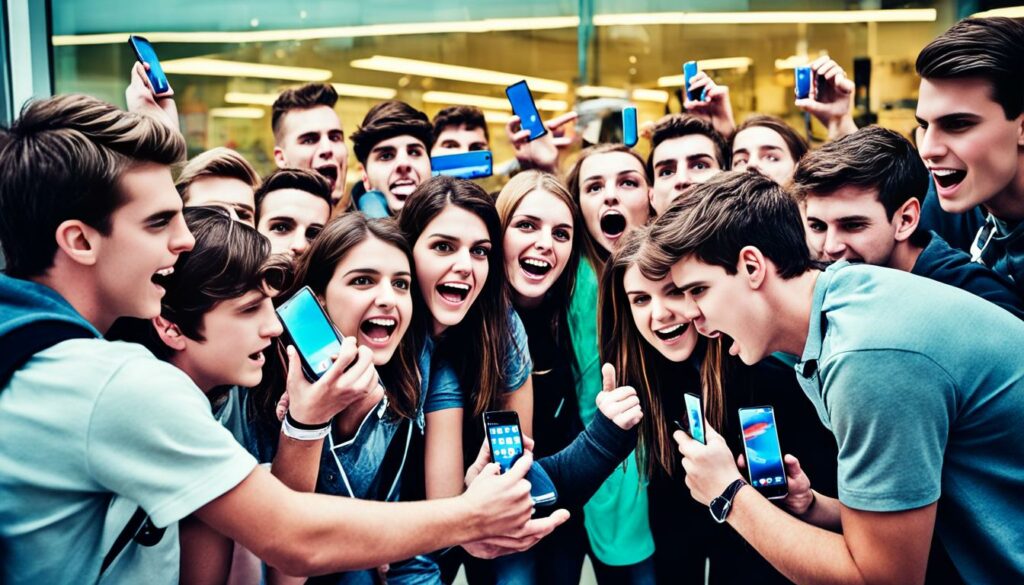
In the world of teenagers, smartphone choices are not just about functionality or features. It’s an arena where peer pressure and social influences hold significant sway. Owning an iPhone has become more than just having a communication device; it has transformed into a status symbol and a means of gaining social approval among peers.
Teenagers are driven by the desire to fit in and be accepted by their peers. The prevalence of iPhones among their social circles makes owning one almost a necessity to keep up with the trends and feel included. In the realm of social dynamics, having an iPhone is considered the “cool” thing to do.
Young individuals are acutely aware of the impact their smartphone choice can have on their social standing. The association between iPhones and popularity or social approval is perpetuated by cultural phenomena like music videos, movies, and social media platforms. Influential celebrities, artists, and social media influencers often showcase their iPhones, further amplifying the perception that owning one is a sign of being part of the “in crowd.”
The desire to fit in and gain social approval is a powerful driving force for teenagers. It shapes their preferences and influences their decisions, pushing them away from Android devices and toward iPhones as a means of asserting their social identity.
The Pressure to Conform
“I noticed that most of my friends had iPhones, and I started feeling left out. It felt like I didn’t fit in, and I wanted to be part of the ‘iPhone club.'” – Emma, 16
Validation and Popularity
“Having an iPhone gives me a sense of validation. I’ve noticed that people treat me differently, and I feel more popular among my friends.” – Ryan, 15
Perceptions of Exclusivity
“Owning an iPhone makes me feel special and exclusive. It’s like being part of an elite group, and I like that feeling.” – Sophia, 17
Peer pressure and social influences continue to play a significant role in teenagers’ smartphone choices. The allure of fitting in and the pursuit of social approval make owning an iPhone attractive and appealing within the younger demographic.
Branding and Marketing
![]()
Apple’s sleek marketing campaigns and iconic branding have created a strong appeal among teenagers. The company has successfully cultivated an aspirational image for its products, making iPhones highly desirable. The innovative commercials, celebrity endorsements, and elegant Apple Store experience significantly influence teenagers’ perception of iPhones as superior devices.
“Apple’s branding strategy has successfully positioned the iPhone as a must-have device for teenagers. The iconic Apple logo and sleek design create a sense of exclusivity and sophistication.”
Apple’s marketing efforts go beyond traditional advertisements. The company strategically leverages social media platforms and influencers to reach their target audience. By partnering with popular social media personalities, Apple further enhances its appeal to teenagers and stays closely aligned with the trends and preferences of this demographic.
The Apple Store, with its minimalist and modern aesthetics, offers a unique shopping experience that adds to the allure of the brand. The carefully curated displays and knowledgeable staff contribute to the overall image of iPhones as premium devices. This attention to detail and emphasis on customer experience solidify Apple’s position as a leader in the market.
Apple Marketing Success Stories
- Apple’s “Shot on iPhone” campaign showcases the capabilities of the iPhone’s camera, captivating teenagers with stunning visuals. By featuring user-generated content, Apple demonstrates that anyone can capture professional-quality photos with their iPhones.
- Celebrity endorsements, such as the collaborations with popular musicians like Billie Eilish and Drake, create a strong association between the iPhone and the stylish, trendsetting lifestyle that teenagers aspire to emulate.
- Apple’s consistent pursuit of innovation and groundbreaking technology solidifies its position as a leader in the smartphone industry. The introduction of new features and advancements further entice teenagers to choose iPhones over other devices.
Perceived Prestige
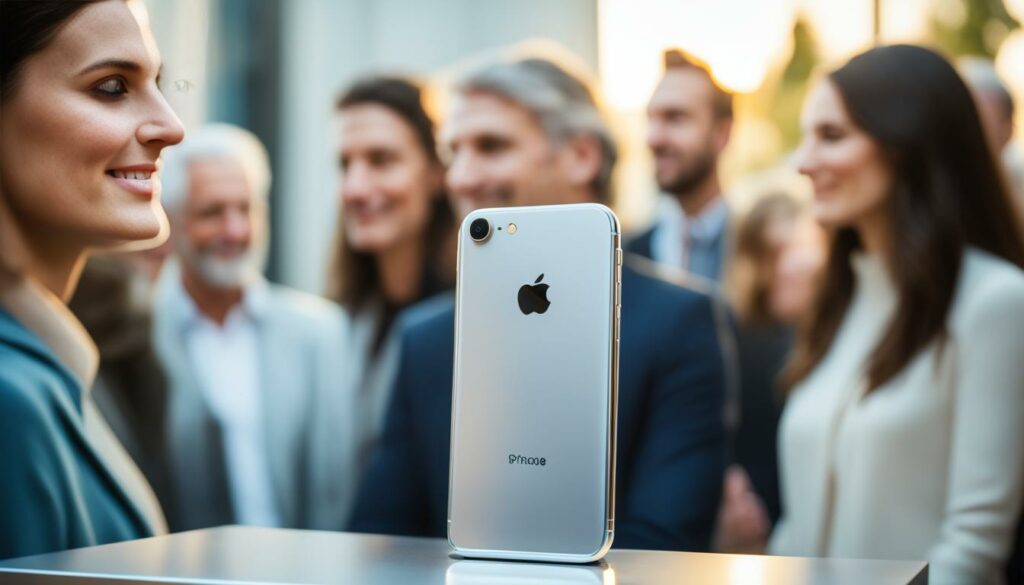
The perceived prestige associated with iPhones is a key driver behind teenagers’ smartphone preferences. Many believe that owning an iPhone confers a sense of prestige and sophistication, elevating their social standing among peers. iPhones are often viewed as exclusive devices, signifying a higher level of affluence and status compared to Android phones.
The appeal of perceived prestige stems from various factors, including Apple’s iconic branding, sleek design, and the aura of exclusivity surrounding iPhones. The seamless integration of hardware and software, along with Apple’s reputation for quality and innovation, further enhances the perceived prestige of iPhones.
When teenagers own an iPhone, they become part of a community associated with higher social standing. This is especially significant during adolescence, where social validation and fitting in play a crucial role in their lives. Possessing an iPhone allows teenagers to project an image of being up-to-date with the latest trends, technologically savvy, and connected to a higher echelon of society.
“Owning an iPhone gives me a sense of pride and makes me feel like I have a higher status among my friends. It’s seen as a symbol of success and sophistication.” – Emma, 17
The perceived prestige of iPhones can also be influenced by popular culture and media representation. Celebrity endorsements and the presence of iPhones in music videos, movies, and social media platforms further reinforce the association between iPhones and higher social standing.
Ecosystem and Integration
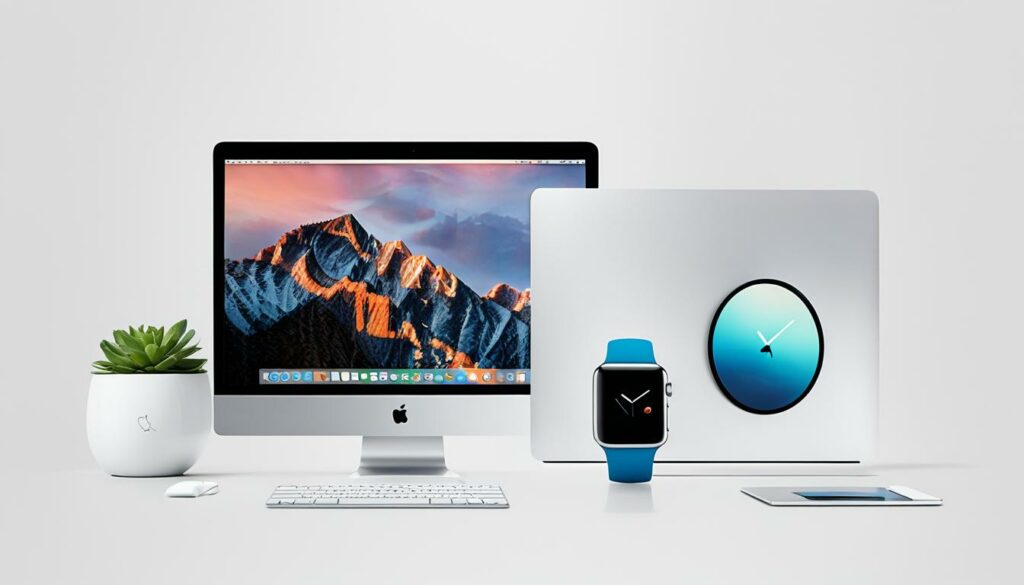
One of the key reasons why teenagers gravitate towards iPhones over Android phones is the seamless integration offered by Apple’s ecosystem. This integrated system, known as the “Apple ecosystem,” provides a cohesive user experience that extends across multiple devices and services.
The Apple ecosystem enables users to easily sync their iPhones with other Apple devices such as Macs, iPads, and Apple Watches. This synchronization allows for effortless sharing of files, messages, and notifications, creating a truly interconnected digital environment. Whether it’s accessing messages on a Mac, picking up a phone call on an iPad, or tracking fitness goals with an Apple Watch, the integration enhances convenience and productivity in everyday life.
By contrast, Android devices may not offer the same level of seamless integration. While there are ways to connect Android phones with other devices, the cohesion and ease of use offered by the Apple ecosystem remain unparalleled.
“The seamless integration within the Apple ecosystem makes it incredibly convenient for me to manage my daily tasks and stay connected. Being able to answer calls on my MacBook or send messages from my iPad is a game-changer.” – Emily, 17-year-old iPhone user
Benefits of Ecosystem Integration
The seamless integration within Apple’s ecosystem brings several benefits to teenagers:
- Effortless file sharing: With the ecosystem, files and documents can be seamlessly shared between devices, eliminating the need for manual transfer or relying on third-party apps.
- Continuity in communication: Calls, texts, and notifications are synchronized across devices, allowing for uninterrupted conversations and easy switching between devices.
- Shared app experiences: Certain apps offer cross-platform functionality, enabling users to seamlessly continue tasks from one device to another.
- Enhanced productivity: The unified experience encourages a smoother workflow, ensuring that teenagers can focus on their tasks without disruptions caused by fragmented software compatibility.
These advantages contribute to a more efficient and streamlined user experience for teenagers within the Apple ecosystem.
Comparison of Ecosystem Integration
| Feature | Apple Ecosystem | Android |
|---|---|---|
| Syncing across devices | Seamless integration allows for effortless syncing across iPhones, Macs, iPads, and Apple Watches. | Syncing may require third-party apps or settings adjustments. Not as seamless as Apple ecosystem. |
| File sharing | Files can be easily shared between devices without the need for additional apps or manual transfer. | File-sharing may require third-party apps or manual transfer. |
| Continuity in communication | Calls, texts, and notifications are synchronized across devices, enabling seamless conversations and easy device switching. | Communication continuity may depend on third-party apps or device-specific features. |
| Shared app experiences | Certain apps offer cross-platform functionality, allowing for a seamless transition and continuity in tasks. | Shared app experiences may vary depending on individual third-party app compatibility. |
| Productivity | The unified experience enhances productivity by providing a smooth workflow across all devices. | Fragmentation among devices and manufacturers may lead to inconsistencies in software compatibility and productivity. |
As illustrated in the table, the Apple ecosystem offers a more seamless integration compared to the Android platform. This integration contributes to the cohesive user experience that teenagers find appealing in iPhones.
App Store Experience
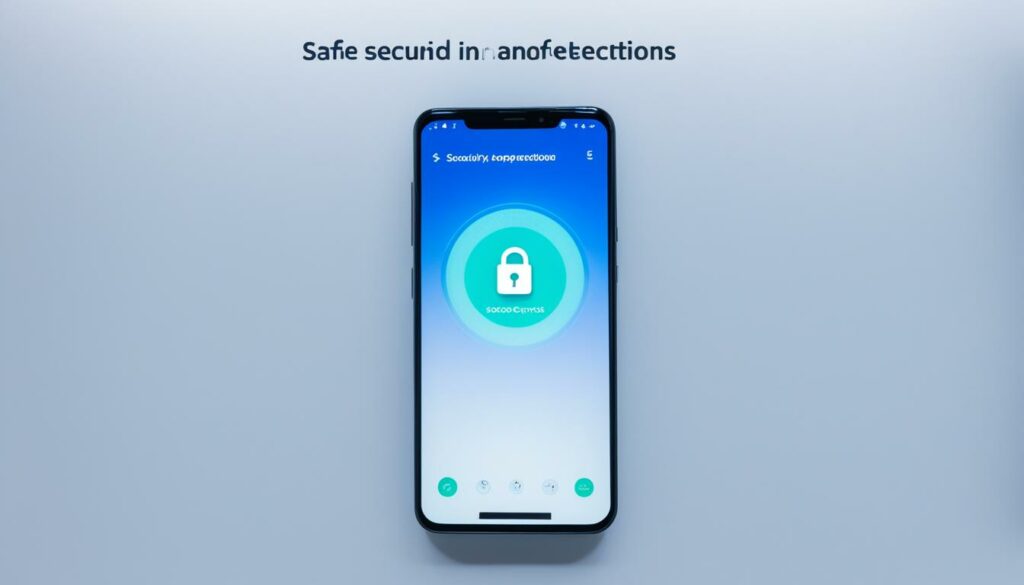
When it comes to the app experience, Apple’s App Store is widely regarded as the gold standard. Its stringent guidelines and rigorous review process have created a perception of safety and reliability among users, including teenagers and their parents. The Apple App Store offers a secure app environment, giving users peace of mind when downloading and using apps on their iPhones.
Compared to the Google Play Store, the Apple App Store is known for its strict control over the apps available for download. This control minimizes the risk of malicious or potentially harmful apps being distributed to users. As a result, many teenagers and their parents see iPhones as a safer option, ensuring a secure digital environment for their personal information and data.
The curated nature of the Apple App Store also means that users can expect a higher level of quality and reliability in the apps they download. With Apple’s strict app review process, apps available on the App Store are generally well-designed, functional, and free from major bugs or issues. This level of quality control contributes to the perception that iPhones offer a more reliable and enjoyable app experience.
Furthermore, the Apple App Store provides a seamless and user-friendly interface for app discovery and downloads. Its intuitive layout and search functionality make it easy for users, including teenagers, to find the apps they need quickly. The App Store also offers various categories, Top Charts, and personalized recommendations, helping users explore and discover new apps that align with their interests and preferences.
Considering the importance of app availability and user experience, it’s no surprise that the App Store’s reputation for safety, reliability, and seamless navigation plays a significant role in teenagers’ preference for iPhones.
Lack of Customization
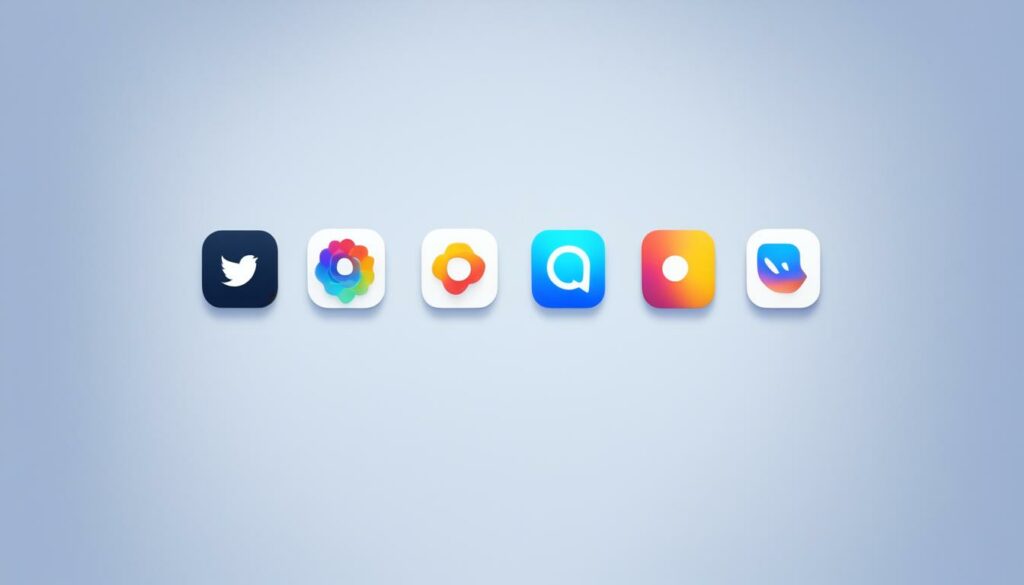
When it comes to smartphone preferences, customization plays a significant role. While some users appreciate the simplicity and streamlined experience of iOS, others crave a personalized touch and adaptability that Android devices offer. For many teenagers, this lack of customization on iOS can be a deciding factor in their smartphone choices.
Android phones provide a wide array of options for customization, allowing users to personalize their devices to reflect their individuality. From custom launchers and widgets to theming and icon packs, Android users have the freedom to tailor their phone’s look and feel according to their preferences. This level of customization empowers teenagers to express their creativity and make their smartphones truly unique.
“I love being able to personalize every aspect of my Android phone. It feels like an extension of my personality, and it’s something that I can truly call my own.” – Maya, 17
However, for some teenagers, this overwhelming level of customization can feel unnecessary or burdensome. They may prefer a more streamlined and straightforward user experience, which iOS provides. The lack of extensive customization options on iOS can be seen as a benefit, allowing them to focus on the essentials without getting caught up in endless customizations.
Ultimately, the choice between iOS and Android boils down to personal preference. While some teenagers value the personalized experience and adaptability that Android offers, others find comfort in the simplicity and lack of customization on iOS. It’s important to weigh the pros and cons of each platform and choose the one that aligns with your needs and preferences.
The Pros and Cons of Customization on iOS and Android
| Customization | iOS | Android |
|---|---|---|
| Level of Customization | Minimal | Extensive |
| Personalization Options | Limited | Abundant |
| Simplicity | High | Varies based on user choices |
| Adaptability | Less flexible | Highly adaptable |
Fragmentation and Software Updates
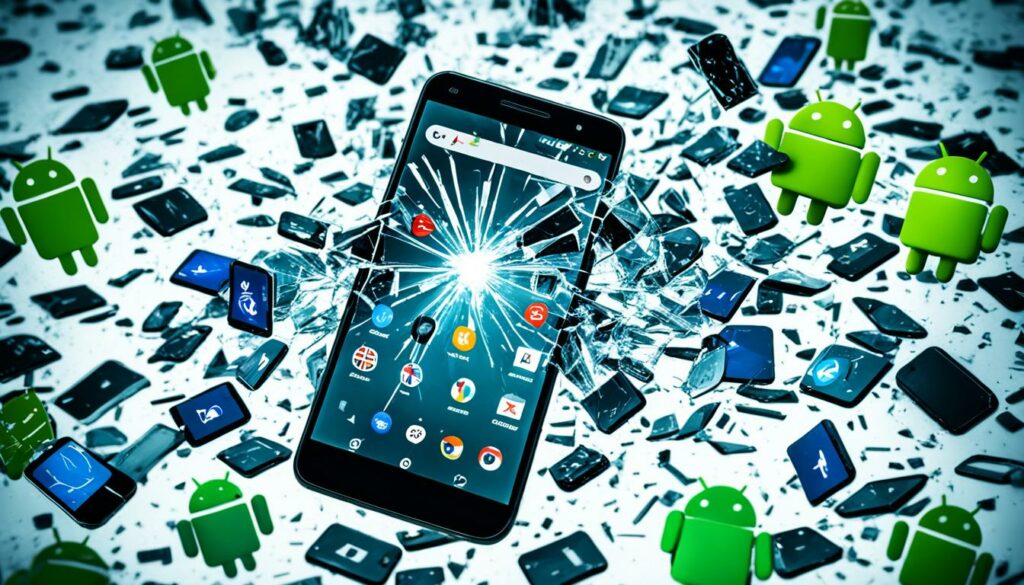
One of the long-standing concerns with Android phones is the issue of fragmentation, which arises due to the diversity of devices and manufacturers in the Android ecosystem. This fragmentation can result in slower software updates, device compatibility issues, and a lack of uniformity across Android devices.
Teenagers who have used Android phones may have experienced the frustration of delayed software updates, which can lead to missing out on new features, bug fixes, and security patches. This delayed access to updates can make the overall user experience less satisfactory compared to iPhones, which are known for their timely updates.
In addition, the compatibility of apps and services across different Android devices can be inconsistent. Some apps may work smoothly on one Android phone but encounter compatibility issues on another. This lack of device compatibility can hinder teenagers’ ability to fully enjoy and utilize the features and functionalities of their smartphones.
On the other hand, iPhones are renowned for their consistent performance and timely software updates. Apple controls both the hardware and software aspects of their devices, allowing them to optimize the user experience and ensure compatibility across their product line. This cohesive approach to hardware and software integration contributes to the consistent performance of iPhones and the smooth user experience they offer.
Addressing the fragmentation issue in the Android ecosystem is crucial for improving the user experience and narrowing the gap between Android and iOS devices. With streamlined software updates and enhanced device compatibility, Android phones can compete more effectively with iPhones, providing teenagers with a more seamless and satisfying smartphone experience.
Gaming Experience
For avid mobile gamers, the iPhone has established itself as a gaming powerhouse. With its powerful hardware, smooth performance, and stunning graphics capabilities, the iPhone offers an unparalleled gaming experience. Whether it’s fast-paced action games, immersive RPGs, or addictive puzzle games, the iPhone delivers exceptional gameplay.
But what truly sets the iPhone apart is the vast selection of high-quality games available on Apple’s App Store. With over a million gaming apps to choose from, iPhone users have access to an extensive library of titles catering to every gaming preference. From popular mainstream titles to hidden gems, the App Store caters to all tastes and interests.
Furthermore, Apple’s App Store is known for its exclusive titles, giving iPhone users access to games that are not available on other platforms. These exclusive titles often push the boundaries of mobile gaming, offering unique and innovative experiences. With the promise of exceptional gameplay and exclusive content, it’s no wonder that gaming enthusiasts are drawn to the iPhone.
Take a look at the table below to see some of the top-rated games on the App Store:
| Game | Genre | Rating |
|---|---|---|
| Fortnite | Battle Royale | 4.8 |
| PUBG Mobile | Battle Royale | 4.7 |
| Among Us! | Social Deduction | 4.6 |
| Genshin Impact | Action RPG | 4.5 |
| Roblox | MMO | 4.4 |
These top-rated games represent just a small fraction of the thrilling gaming experiences available on the App Store. Whether it’s exploring vast open worlds, competing in intense multiplayer battles, or solving intricate puzzles, iPhone users can indulge in a world of immersive and captivating gameplay.
Social Media Trends
Social media influencers and celebrities have immense power in shaping teenagers’ preferences. Their endorsement of a particular brand or product can significantly influence the choices made by impressionable young individuals. When prominent influencers feature iPhones in their content or publicly endorse them, it becomes a trend that many teenagers aspire to follow. The desire to emulate their favorite personalities and be part of the same social media culture often leads teens to choose iPhones over Android devices.
By associating themselves with iPhones, social media influencers convey a sense of status, sophistication, and coolness to their followers. This association creates a strong influence on teenagers who aspire to align themselves with the latest trends and be seen as part of the “in” crowd.
“I love using my iPhone because it allows me to connect with my followers in a way that feels genuine and seamless. It’s not just about the device; it’s about the whole experience and connection it offers,” says Instagram influencer Emily Johnson.
This phenomenon is not limited to a single platform; it transcends various social media channels like Instagram, TikTok, and YouTube. Social media influencers leverage their large followings to promote iPhones through sponsored content, unboxing videos, and reviews, further fueling the teenagers’ desire to own Apple’s flagship device.
Moreover, the aspirational lifestyle portrayed by these influencers using iPhones, along with their creative and visually appealing content, creates an emotional connection with the audience. This connection establishes a subconscious association in teenagers’ minds between iPhones and a desirable, fulfilling life.
The Power of Influence
Brands recognize the influence that social media personalities hold over their target audience. They often collaborate with these influencers to create tailored marketing campaigns and product launches to capture the attention of impressionable teenagers. By aligning themselves with popular social media figures who endorse iPhones, brands can tap into the influencer’s well-established trust and credibility.
Teenagers, seeking to emulate the lifestyles of their favorite influencers, are then driven towards choosing iPhones. The desire to be on-trend and part of a community that follows the latest fashion, technology, and lifestyle choices becomes an influential factor in teenagers’ smartphone preferences.
The Impact on Teenagers’ Choices
The influence of social media trends and endorsements on teenagers’ smartphone preferences cannot be underestimated. It creates a strong pull towards iPhones for many young individuals who value being part of current trends and aligning themselves with influential figures. Brands and influencers understand the power of this connection and continue to leverage it to shape consumer behavior. The impact is evident in the overwhelming popularity of iPhones among the teenage demographic.
Next, we will explore various factors related to smartphone preferences among teenagers, including branding and marketing, perceived prestige, ecosystem and integration, app store experience, lack of customization, fragmentation, software updates, and the gaming experience.
Conclusion
When it comes to smartphone preferences, teenagers have diverse opinions shaped by various factors. Peer pressure, branding, perceived prestige, ecosystem integration, and gaming experience all contribute to the divide between iPhone and Android enthusiasts among teens. However, it’s crucial to encourage open conversations about smartphone preferences and prioritize responsible and mindful technology use.
Instead of focusing solely on popularity or societal trends, teenagers should make informed decisions based on their individual needs, priorities, and experiences. Understanding the benefits and drawbacks of both platforms can empower them to choose a smartphone that best suits their requirements.
Responsible technology use entails striking a balance between staying connected and limiting screen time. Teenagers should actively engage in activities beyond their smartphones, fostering healthy relationships and broadening their horizons. By being mindful of their smartphone usage, teenagers can navigate the digital world while still enjoying the benefits of technology.
FAQ
Why do many teenagers dislike Android phones?
Teenagers’ dislike for Android phones can be attributed to several factors, including their association with older technology and older people. The preference for iPhones among teenagers and mockery of Android users on platforms like TikTok further reinforce this sentiment.
What role does peer pressure play in teenagers’ smartphone preferences?
Peer pressure is a significant factor in teenagers’ smartphone choices. Owning an iPhone is often seen as a status symbol and a way to gain social approval among peers. Many teenagers want to fit in and distance themselves from Android devices because owning an iPhone is considered the “cool” thing to do.
Why are iPhones more appealing to teenagers in terms of branding and marketing?
Apple’s sleek marketing campaigns and iconic branding have created a strong appeal among teenagers. The company has successfully cultivated an aspirational image for its products, making iPhones highly desirable. The innovative commercials, celebrity endorsements, and elegant Apple Store experience significantly influence teenagers’ perception of iPhones as superior devices.
Why are iPhones seen as more prestigious compared to Android phones?
Many teenagers believe that owning an iPhone confers a sense of prestige and sophistication. iPhones are often associated with higher social standing and seen as exclusive, while Android phones may be viewed as more common or less prestigious in the eyes of some teenagers.
What is the significance of the Apple ecosystem to teenagers?
Apple’s ecosystem, known as the “Apple ecosystem,” is highly valued by teenagers. The seamless integration across devices and services, such as syncing iPhones with Macs, iPads, and Apple Watches, provides a cohesive user experience. This integration is often seen as a benefit that Android devices may not offer.
Why do teenagers perceive the Apple App Store as safer and more reliable than the Google Play Store?
Apple’s strict control over its App Store has created a perception of safety and reliability among users, including teenagers and their parents. The belief that iPhones offer a more secure app environment compared to the Google Play Store is a significant factor in teenagers’ preference for iPhones.
Why do some teenagers prefer Android phones over iPhones?
Some teenagers appreciate the high degree of customization available on Android devices. They value the ability to personalize and adapt their smartphones to their preferences. On the other hand, some teenagers find this level of customization overwhelming or unnecessary and may prefer the simplicity of iOS on iPhones.
How does Android’s fragmentation issue impact teenagers’ preferences?
Android’s fragmentation issue, caused by the diversity of devices and manufacturers, has been a long-standing concern. Some teenagers may have experienced slower software updates, device compatibility issues, or a lack of uniformity across Android devices. This frustration can contribute to their preference for iPhones, which are known for timely updates and consistent performance.
Why are iPhones popular among teenage mobile gamers?
The reputation of iPhones as a gaming powerhouse can be a significant draw for teenagers who are avid mobile gamers. The impressive selection of high-quality games and exclusive titles available on Apple’s App Store can sway gaming enthusiasts away from Android phones.
How do social media influencers and celebrities influence teenagers’ smartphone preferences?
Social media influencers and celebrities play a significant role in shaping teenagers’ preferences. If prominent influencers endorse iPhones or feature them in their content, it can influence teenagers to follow suit. The desire to emulate their favorite personalities may lead teens to choose iPhones over Android devices.
Should smartphone preferences among teenagers be respected?
Smartphone preferences among teenagers are highly subjective and influenced by various factors. While some teenagers have a dislike for Android phones, it’s important to recognize that everyone has different needs and priorities. Responsible and mindful technology use should be encouraged, prioritizing informed decisions that suit individual circumstances.

